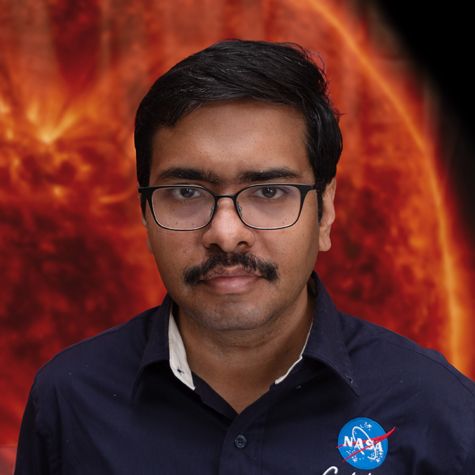Early Career Scientist Spotlight
Dr. Dibyendu Sur (he/him/his)
Space-Weather Scientist
Geospace Physics Laboratory (673)
How did you end up working at NASA Goddard?
I always dreamt of working at NASA. Even from childhood, I heard about NASA astronauts and their space travels. The first day I came to United States, I went to the California Science Center and saw the Endeavour space shuttle. The next day, I went to San Francisco and visited the Ames visitor center. I bought a NASA souvenir passport and started collecting stamps from several NASA visitor centers all over the United States. I was always in touch with several NASA scientists in different conferences. I had a chance to present my Ph.D. research at NASA Goddard Space Flight Center (GSFC) weekly seminar on December 7, 2018. This was an unforgettable moment for me. While doing my post doc at University of Colorado Boulder, I was selected as Research Associate in the Catholic University of America with my primary site of activity at Goddard Space Flight Center under the Partnership for Heliophysics and Space Environment Research (PHaSER) program. This is my dream come true moment with the blessings of my parents.
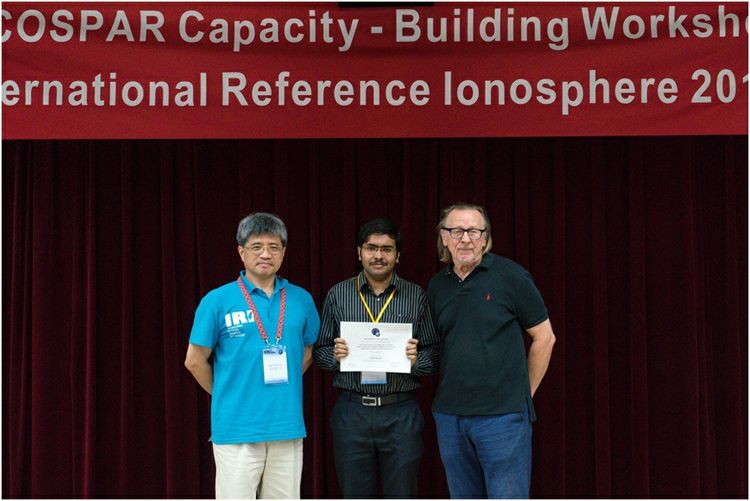
Credit: International Reference Ionosphere 2017 Workshop.
Tell us about the research projects you are currently working on.
I am currently working in a project group called Magnetosphere-Aurora Boundary Layer Explorer (MARBLE) under the supervision of Dr. John Dorelli. Here I am currently working on the improvement of the performance of Comprehensive Inner-Magnetosphere Ionosphere (CIMI) model. This model provides information related to precipitation of energetic particles (for example: electrons, protons) in the earth’s magnetosphere which causes spectacular aurora in the polar regions. These particles come from solar wind. I am supported by Dr. Mei-Ching Fok in this work. I am also working in Committee on Space Research (COSPAR) International Space Weather Action Teams (ISWAT) Auroral Precipitation and High Latitude Electrodynamics (AuroraPHILE) group under Dr. Robert Robinson, the Catholic University of America. Here, I am evaluating the performances of models which are used to predict auroral parameters which are related to high latitude auroras.
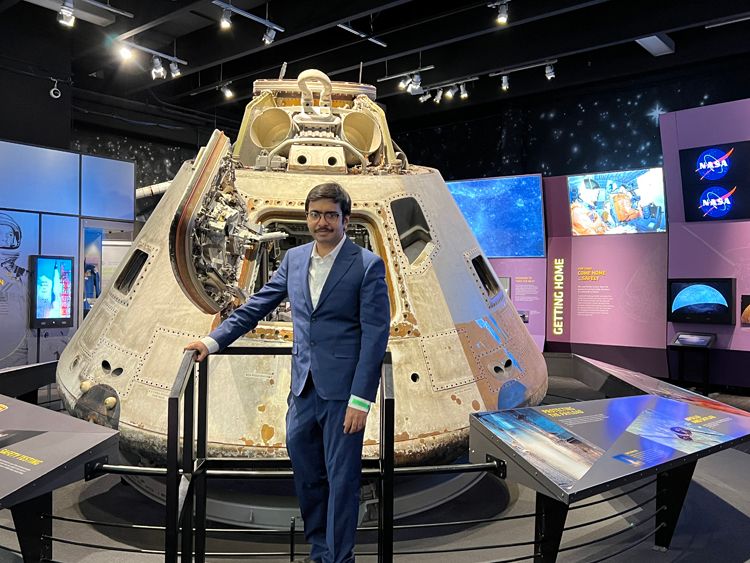
Credit: Dibyendu Sur
What aspect of your work excites you the most?
I am very much fascinated with the space weather phenomena arising from solar wind. The solar wind affects the earth’s magnetosphere and ionosphere. Due to this interaction, auroras generate in the high latitudes which excites me. The energetic particle precipitation at the high latitudes and their variations due to interactions with different waves are also a very interesting topic for me. These high energy particles change the morphology of the ionosphere, especially in the high latitudes. These effects can be simulated by different space weather models (such as CIMI), and you can observe how these models can replicate these phenomena in different geophysical conditions. I want to learn these effects and contribute to this research. I have also worked on Venusian magnetosphere for a brief period of my career, and I am really looking forward on working on this fascinating solar system space weather.
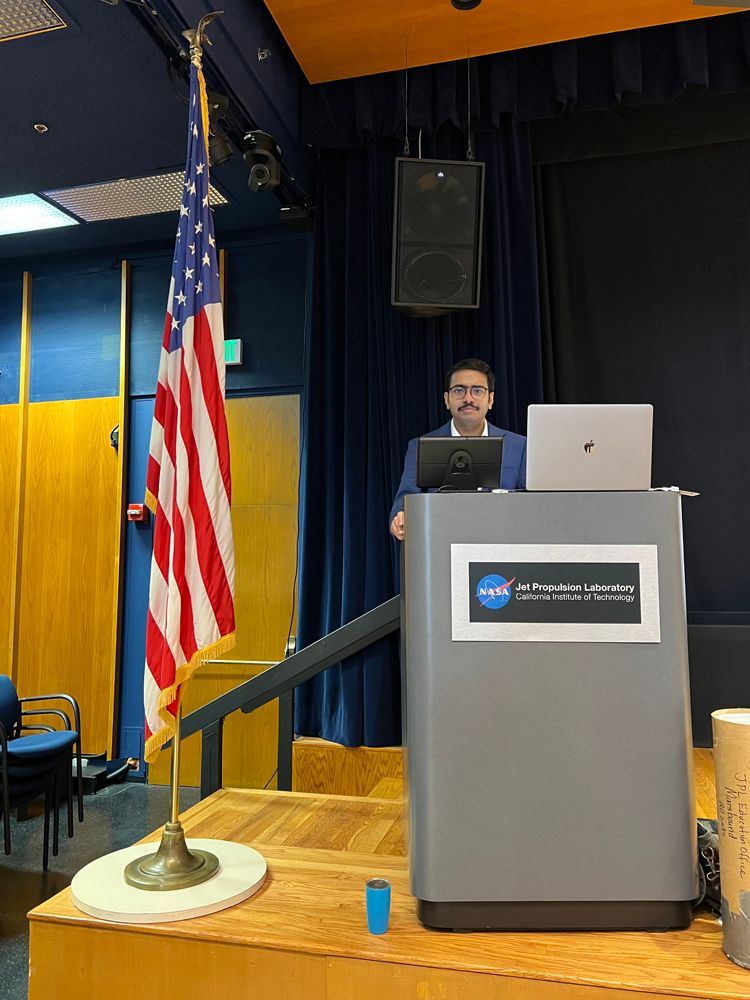
Credit: Dibyendu Sur
What was your first big research achievement?
Truly speaking, the day when I gave my research presentation at NASA Goddard Space Flight Center was the biggest moment for me. It was on December 7, 2018, when I gave the presentation. I lived every moment of that day. I visited the Community Coordinated Modeling Center (CCMC) lab, gave my presentation in room 183A and spent time at the library. My name was on the page of GSFC. That was the first biggest moment in my research career.
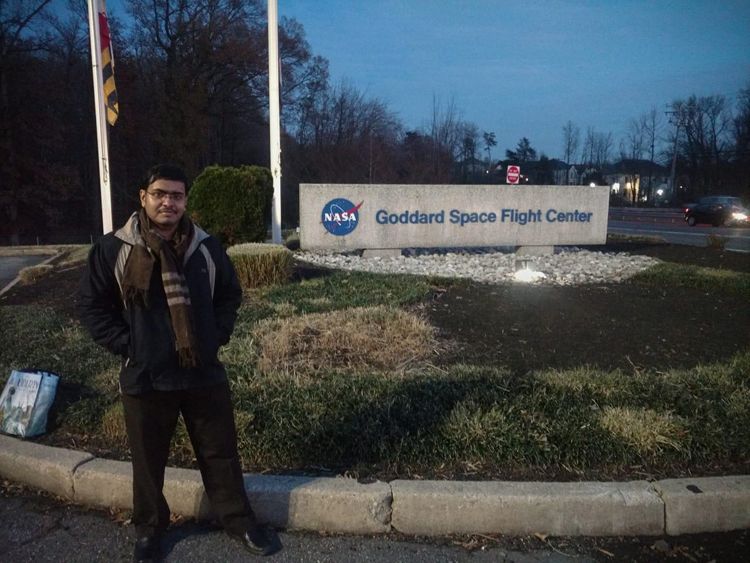
Credit: Dibyendu Sur
Who inspires you?
I was always an absent minded and overthinking person. I can think about space and planets for hours. From my school days, there were teachers who inspired me in physics. My parents and my younger brother always supported me in my journey. My father was always proud of my achievements. After coming to University of Colorado Boulder, I spent a lot of time at Fiske Planetarium and Sommers-Bausch Observatory. The observatory has a public telescope viewing event every Friday night. With weather permitting, they show stars and planets through telescopes. I went almost every week, and this connects me with stars and planets and gave me motivation to do more in space weather and planetary research.
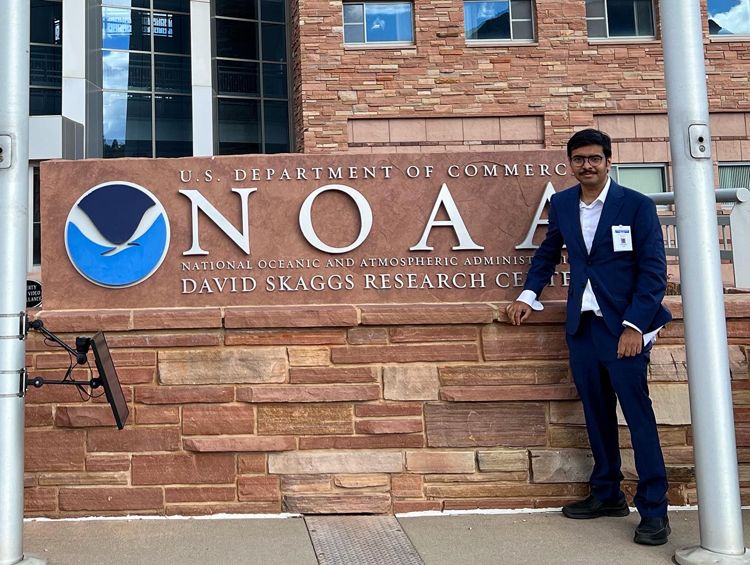
Credit: Dibyendu Sur
What do you like to do in your free time?
During weekends, I frequently visit Goddard Visitor center and spend time there. I sometimes study during weekends to grow in concepts. Being far away from home, during free times, I talk with my mother for a long time. Apart from that, I love traveling and I have visited a lot of places. The place could be of natural beauty, major cities, near ocean, mountains, anything.
What are your future research interests and goals?
I want to build a good space weather research career. I want to contribute further to heliophysics and space weather research at NASA. I want to learn more and build strong concepts in my studies on the earth’s magnetosphere and ionosphere and their interactions with the solar wind. I have a desire to work on other planetary space weathers. I have already worked a little bit on Venus. I want to work on Jupiter and other giant planets as their atmospheric components are different. I also want to work on the exoplanetary space weather system.
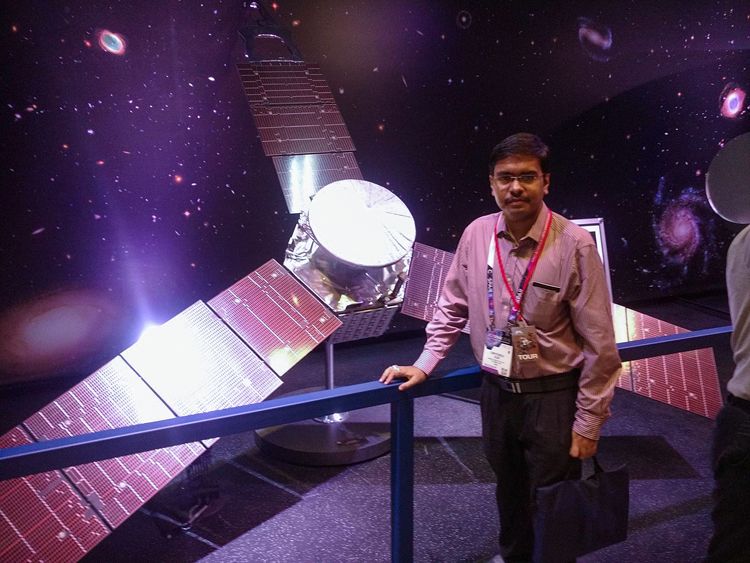
Credit: Dibyendu Sur
Biography
Home Town:
Kolkata, India
Undergraduate Degree:
B.Tech., University of Kalyani, West Bengal, India
Post-graduate Degrees:
M.Tech., University of Calcutta, Kolkata, West Bengal, India
Ph.D., University of Calcutta, Kolkata, West Bengal, India
